Investigating the 2008 crash
SECP should be looking to halt unethical practices, but it seems that it prefers to repress memory of the 2008 crash
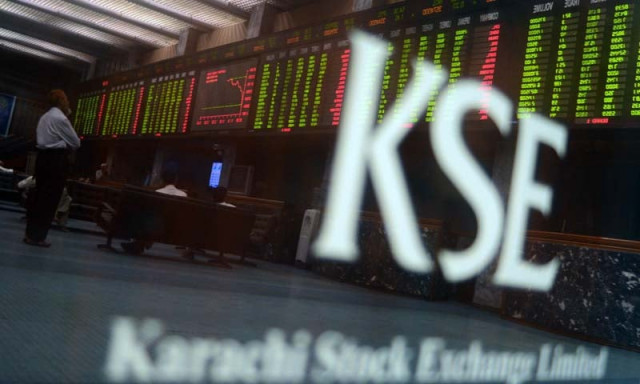
With the index in a free-fall, the SECP and KSE moved to halt the decline. A freeze was set at the 9,144-point level. PHOTO: AFP
Here, it would be advisable to look at the events preceding the crash. The index had reached a peak of over 15,600 points in April 2008, before it started to plunge. Protests ensued as economic hardships, political uncertainty and the global financial crisis took their toll on an index that was characterised by both inflated optimism and pockets. With the index in a free-fall, the SECP and KSE moved to halt the decline. A freeze was set at the 9,144-point level. In December 2008, the floor was removed and, as anticipated, the 100-index fell further. The interesting thing here is that the SECP decided to conduct an inquiry in 2012, four years after the crash, and its report was submitted in June this year, with the findings being made public only recently. After such a lengthy delay, the statements made by the SECP chairman were disappointing. They basically implied that ‘what’s done is done, now move on’. While he said that 90 per cent of the reforms following the crash had been implemented, the fact is that investors still lose money on the stock market and not necessarily due to the inherent market risk. Many brokerage houses are still looting unsuspecting investors, with there being limited accountability. The SECP should be looking to halt unethical practices, but it seems that it prefers to repress the memory of the 2008 crash rather than protecting the interests of investors.
Published in The Express Tribune, August 19th, 2015.
Like Opinion & Editorial on Facebook, follow @ETOpEd on Twitter to receive all updates on all our daily pieces.

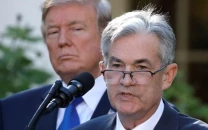
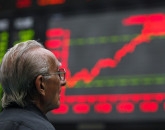
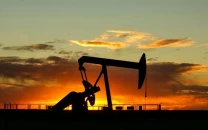







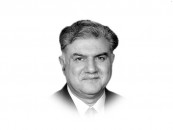




COMMENTS
Comments are moderated and generally will be posted if they are on-topic and not abusive.
For more information, please see our Comments FAQ